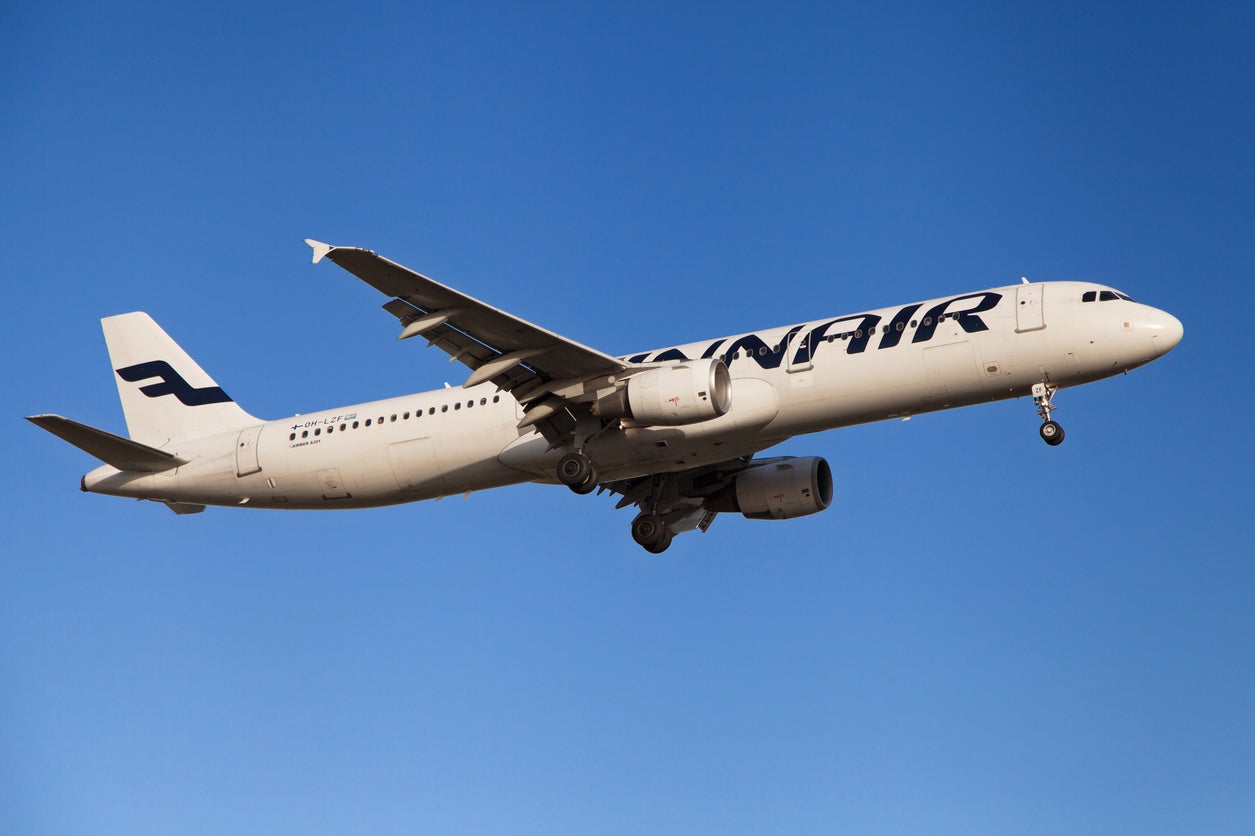Finnair is weighing passengers before flights at Helsinki airport
The Finnish national carrier is gathering data to see how accurate passenger load estimates are

Weighing passengers at check-in - it sounds like something Ryanair would pioneer, but this week, Finnair has been leading the charge.
Passengers at Helsinki airport flying with the national airline this week have been asked to step onto weighing scales prior to boarding.
The voluntary scheme - passengers who don't want to do it are still allowed to fly - is gathering data on passenger weight, to see if the estimates they're currently using to calculate fuel and safety are accurate. To date, FinnAir has used European Aviation Safety Agency (EASA) passenger standard weight estimates, which calculate 88kg for a male passenger, 70kg for a female, 35kg for a child - plus carry-on bags for each. The estimates were put together in 2009.
A spokesperson for the airline told The Independent:
"We have a strong safety culture at Finnair, and we are also very data-driven, so we want to ensure we have the best possible data in use in aircraft performance and loading calculations.
"The initial reaction by our customers has been positive. People understand the importance."
So far, 180 volunteers have offered to be do the weigh in, along with their carry-on luggage. Finnair will need 2,000 volunteers to understand regular payloads, a representative told the BBC.
The spokesperson told The Independent that passenger loads can vary between routes and passengers. "All airlines have their own routes which may differ greatly in terms of passenger profile," he said. "Corporate travellers have often different amounts of carry-on baggage than leisure travellers, and there are differences in weights of males and females.
Finnair conducted a similar study in the 1980s.
This time around, they are targeting 180 passengers flying through Helsinki every Tuesday and Wednesday. The project will continue through 2018, seeing how average weights change with the seasons, as flyers discard heavy coats and travel lighter in summer.
Most importantly, the scheme will remain voluntary and anonymous. The only person to see the passengers' weights are the customer service agent at the desk.
The EASA's weight estimates reveal a number of interesting variables between passengers. Male passengers in first class tend to weigh more than in economy for example, with the reverse true for women. On average, hand luggage weights 6.1kg but falls heavily in the summer months. Men carry heavier items onboard than women.
In 2016, Hawaiian Airlines won the right to weigh people travelling on its 2,600-mile route between Honolulu and American Samoa, with passengers assigned seats when checking in to ensure weight is evenly distributed around the cabin. The move was controversial, as it only focused on one route between Honolulu and Pago Pago, and Samoans have the highest rate of obesity in the world. In 2015, Uzbekistan Airways started to weigh passengers to ensure "passenger safety".
Subscribe to Independent Premium to bookmark this article
Want to bookmark your favourite articles and stories to read or reference later? Start your Independent Premium subscription today.

Join our commenting forum
Join thought-provoking conversations, follow other Independent readers and see their replies